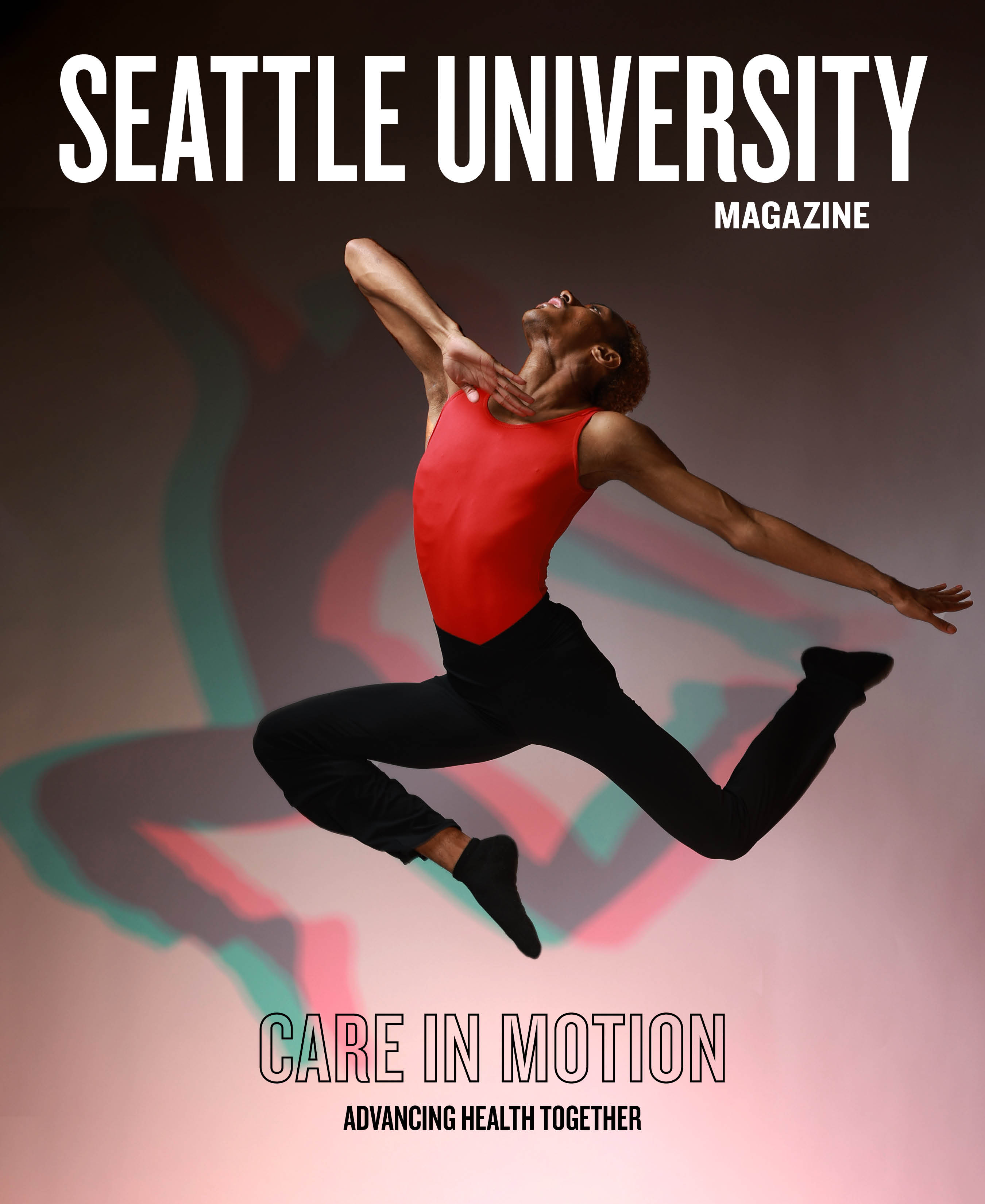The Newsroom SU News
The Newsroom is Seattle University’s central news site featuring the news and human interest stories that tell the Seattle University story through rich storytelling showcasing the distinctiveness of a Seattle University education.
Seattle University Magazine
Featured Story
/113x0:2287x1600/prod01/channel_34/media/seattle-university/news-amp-stories/images/Alumni-Award-winners-graphic.jpg)
Congrats to Newest Alumni Award Winners
This year's recipients, which also include the latest inductees into the Athletics Hall of Fame, are leaders across industries and in their communities.
The Stories of Seattle University
Showing 6 articles of 592
Advancing Research
Office of Research and Sponsored Projects awarded NSF grant to explore collaborative leadership models for expanding research at SU and peer teaching-intensive institutions.
/126x0:2274x1432/prod01/channel_34/media/seattle-university/news-amp-stories/images/SURoofTops_yck_001-copy.jpeg)
Furthering Migrant Justice, From Seattle to Rome
Seattle University professor meets Pope Leo during visit for global initiative in support of migrants and refugees.
/0x62:2400x1662/prod01/channel_34/media/seattle-university/news-amp-stories/images/Audrey-Hudgins-pope-pic.jpg)
Be Curious, Not Judgmental
Presidential Speaker Series guest Monica Guzmán shares tips on bridging the political divide.
/67x0:1063x664/prod01/channel_34/media/seattle-university/news-amp-stories/images/Monica-Guzman-speaker-series-1130X664.jpeg)
Bridging Continents and Connections
How studying abroad in South Africa and interning for the U.S. Congress inspired Alonso Lee’s views on philosophy and politics.
/0x189:1130x942/prod01/channel_34/media/seattle-university/news-amp-stories/images/Alonso-headshot-use-this-1130X1130.jpeg)
Legendary Matchup Revisited
Nearly 60 years after a stunning upset inside the Seattle Center Coliseum, Seattle University and UTEP will meet again where history was made.
/89x0:1042x635/prod01/channel_34/media/seattle-university/news-amp-stories/images/SU-TW-history-photo-1130X635.jpg)
Congrats to Newest Alumni Award Winners
This year's recipients, which also include the latest inductees into the Athletics Hall of Fame, are leaders across industries and in their communities.
/0x0:2400x1600/prod01/channel_34/media/seattle-university/news-amp-stories/images/Alumni-Award-winners-graphic.jpg)
Submit a Story Idea
Know an alum doing interesting, transformative work? A faculty member leading innovative research? An exceptional student or academic program that are change-makers? We want to hear about it.
/76x0:1924x1125/prod01/channel_34/media/seattle-university/directory/offices-amp-departments/images/departments/SpringCampusImagery25_hl_010-16X9.jpg)
/326x0:2075x1338/prod01/channel_34/media/seattle-university/images/aerials/SeattleUAerial_003.jpg)
